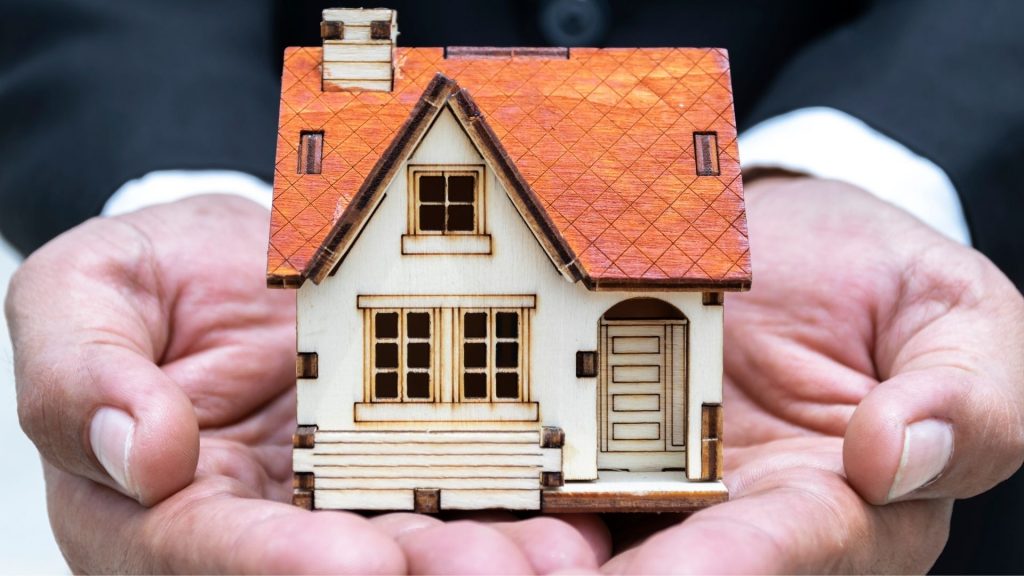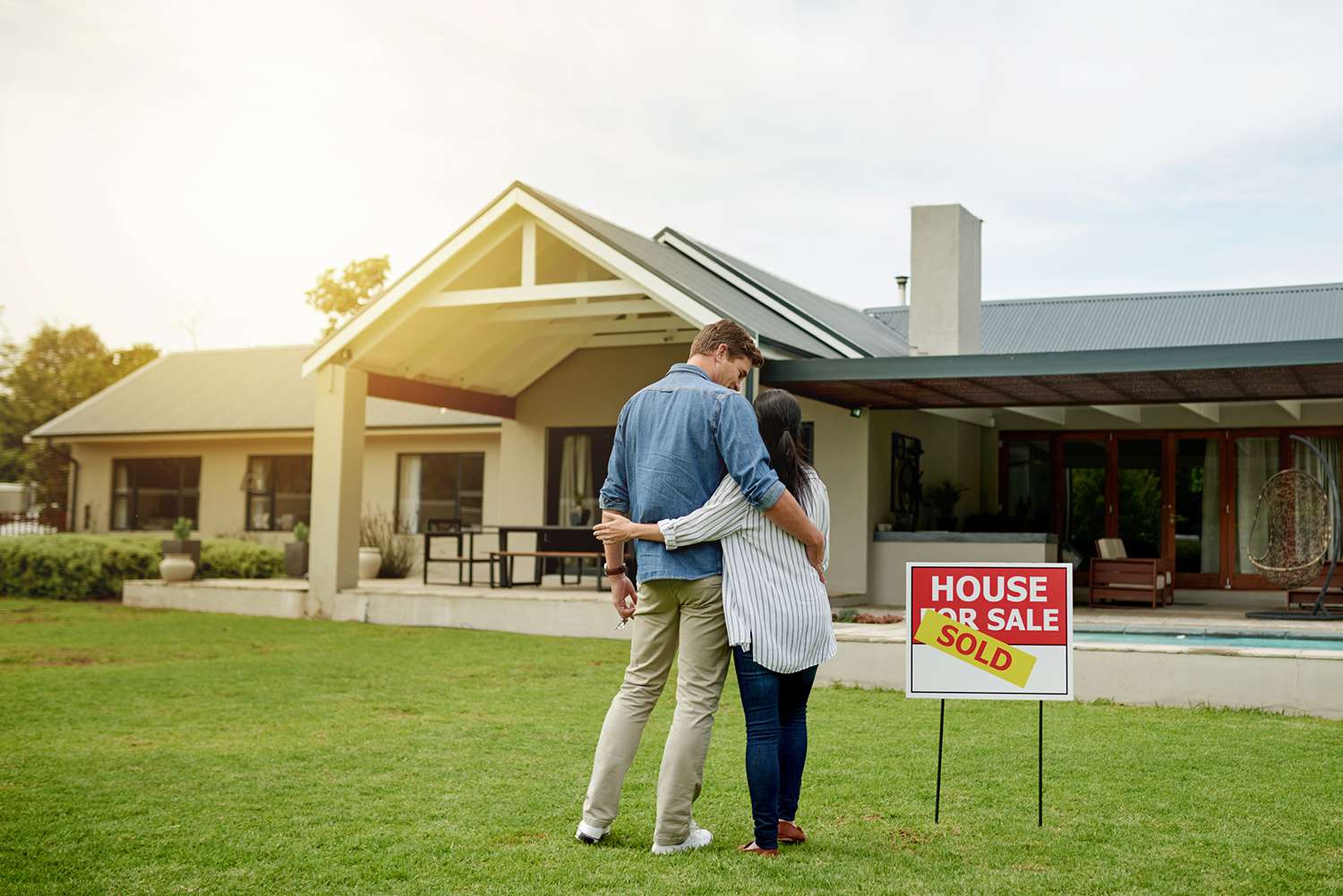How To Price Your Home
The single most important factor to consider when selling a house is the home price tag: how much your house is worth. You don’t want to overprice the housebecause you will lose the freshness of the home’s appeal after the first two to three weeks of showings. After 21 days, demand and interest wane. On the other hand, don’t worry about pricing it too low because homes priced below market value often will receive multiple offers, which will then drive up the price to market. Pricing is all about supply and demand. It’s part art and part science, and no two agents price property the same way.
Pull Comparable Listings and Sales
- Look at every similar home that was or is listed in the same neighborhood over the past six months.
- The list should contain homes within a 1/4 mile to a 1/2 mile and no further, unless there are only a handful of comps in the general vicinity or the property is rural.
- Pay attention to neighborhood dividing lines and physical barriers such as major streets, freeways or railroads, and do not compare inventory from the “other side of the tracks.” Where I live in the Land Park neighborhood of Sacramento, for example, identical homes across the street from each other can vary by $100,000. Perceptions and desirability have value.
- Compare similar square footage, within 10% up or down from the subject property, if possible.
- Similar ages. One neighborhood might consist of homes built in the 1950s next door to another ring of construction from the 1980s. Values between the two will differ. Compare apples to apples.
Sold Comps
- Pull history for expired and withdrawn listings to determine whether any were taken off the market and relisted. If so, add those days on market to these listing time periods to arrive at an actual number of days on market.
- Compare original list price to final sales price to determine price reductions.
- Compare final sales price to actual sold price to determine ratios.
- Adjust pricing for lot size variances, configuration and amenities / upgrades.
Withdrawn & Expired Listings
- Look for patterns as to why these homes did not sell and the common factors they share.
- Which brokerage had the listing: a company that ordinarily sells everything it lists or was it a discount brokerage that might not have spent money onmarketing the home?
- Think about the steps you can take to prevent your home from becoming anexpired listing.
Pending Sales
- Since these are pending sales, the sales prices are unknown until the transactions close, but that doesn’t stop anybody from calling the listing agents and asking them to tell you. Some will. Some won’t.
- Make note of the days on market, which may have a direct bearing on how long it will take before you see an offer.
- Examine the history of these listings to determine price reductions.
Active Listings
- These matter only as they compare to your listing, but bear in mind that sellers can ask whatever they want.
- To see what buyers will see, tour these homes. Make note of what you like and dislike, the general feeling you get upon entering these homes. If possible, recreate those feelings of reception in your own home.
- These homes are your competition. Ask yourself why a buyer would prefer your home over any of these and adjust your price accordingly.
Square Foot Cost Comparisons
- Remember that after you receive an offer, the buyer’s lender will order an appraisal, so you will want to compare homes of similar square footage.
- Appraisers don’t like to deviate more 25% and prefer to stay within 10% of net square footage computations. If your home is 2000 sq. ft., comparable homes are those sized 1800 to 2200 sq. ft.
- Average square foot cost does not mean you can multiple your square footage by that number unless your home is average sized. The price per square foot rises as the size decreases and it decreases as the size increases, meaning larger homes have a smaller square foot cost and smaller homes have a larger square foot cost.
Market Dependent Pricing
- Same house, three different prices. After you have collected all your data, the next step is to analyze the data based on market conditions. For comparison purposes, let’s say the last three comparable sales in your neighborhood were $150,000. In a buyer’s market, your sales price might allow some wiggle room for negotiation but be strong enough (near the last comparable sale) to entice a buyer to tour your home. To sell in this market, you might need to price your home at $149,900, settling for $145,000.
- In a seller’s market, you might want to add 10% more to the last comparable sale. When there is little inventory and many buyers, you can ask more than the last comparable sale and likely get it. So that $150,000 home might sell at $165,000 or more.
- In a balanced or neutral market, you may want to initially set your price at the last comparable sale and then adjust for the market trend. For example, if the last sale closed three months ago, but the median price has edged upwards of 1% per month, pricing at $154,500 would make sense.







